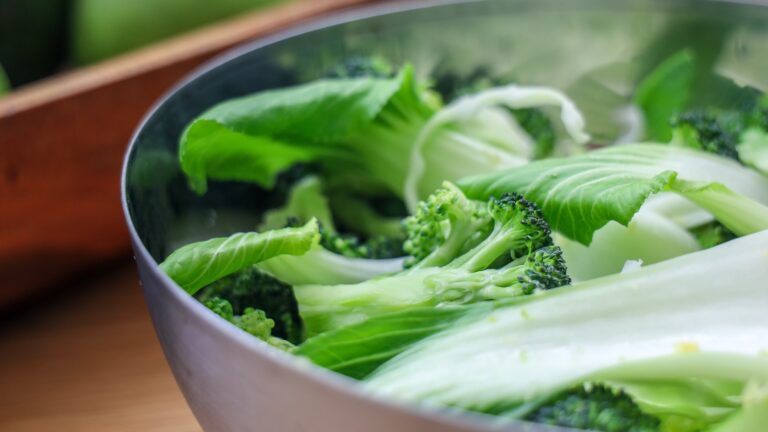
We realized that organic food was healthier than any other. However, organic could not be found. Even if it is found, we’ll have expressed our enthusiasm for organic food far too often. Thanks to the food trade it cost us a lot. What will it take to produce our fruit and vegetables in a field? We don’t have the time to tend to a vineyard or garden. Since childhood, our grandparents have provided us with fresh greens, vegetable pots, and houses. This is a great moment to do this again. Produce organic fruit and vegetables in the kitchen Recent popularity has made it more appealing. health benefits It makes us realize that the best tasting product is one we have grown ourselves. Our produce is fresh and our money stays in our pocket. These are some quick homegrown vegetables.
Basil
It is one of the most popular and easy-to-grow plants. It is a valuable herb that increases the body’s potassium levels and vitamin A. Nutritive value Enjoy our delicious salads and other meals. Its ease of cultivation will make it an ideal starting point for culinary agriculture.
Basil loves light and should be kept in a sunny area in your kitchen to ensure a return. It is easy to care for because you only need to water it once a week. It can be used as you trim the basil’s 10-15 cm top to ensure continuity of growth.
Fresh onions
Spring onions are one our favorite antioxidant plants. It is low in calories but high in iron, folate, potassium and iron. What do you do about the tasseled roots from fresh onions that you bought at the market or on the market? Is it worth throwing away?
Plant those roots in rich soil that is mineral-rich. Place them in a sunny placeYou can even get fresh onions back. This will allow you to recycle your onions in a great way. Instead of doing the same thing over and over, cut the green onions at the bottom to encourage root growth. It’s very simple. Your organic spring onions are ready in just a few days.
Carrot
As we all know, carrots are rich in vitamins, minerals and fiber. It is one of the most abundant sources of B vitamins, vitamins A, B, and C, as well as vitamins K, vitamin A, B, and B2, potassium, and zinc minerals. It has low calories and high fiber. You might consider growing carrots at your home. They are one of the most versatile vegetables you can sow. With a little effort, you can easily harvest your carrots.
You’ve already taken the first Step 1. Do not remove the head from the carrots that you have bought to your home. Place the cut carrot heads in a large bowl. Add half the water to the bowl and let them sprout for a few more days. You will notice your carrots sprout and root within a week thanks to the clean water you change each day. You are now ready to plant your green carrots! Let your carrots grow by watering them once or twice per week. You may not get the carrots that you see in the shops. Instead, you might find your carrots in a different form.
Mint
This greenery is so different from dried or fresh that we still love to buy it. It contains lots of vitamins C and A as well as potassium, calcium and iron.? It is easy to grow mint at home. Even though it seems difficult, finding fresh mint is the easiest thing.
Spring is the best season to plant mint. It is possible to grow mint from seeds, but it is also possible to start with the branches of a ready-grown mint plant. For reproduction, you will need stems 6-8 cm in length. Keep the soil moist when growing mint. You must ensure that the soil is kept moist so that the leaves of the mint plants do not become dry. Your mints will flourish in a sunny window.
Tomatoes
To lose weight, the most important feature of tomato is its high antioxidant content. However, it is high in fiber and low calories. It contains vitamins C, A, and potassium. It is a great way to get tomatoes if you don’t know how to collect or find seeds.
First, chop a few tomatoes into thin circles. You will need to place them in a deep pot, in 2-3 layers. Each layer should have 3-4 tomato slices. Add soil between them. Your soil should be moist. Place your jar in an area that gets plenty of sun after you have finished your planting process. Your tomatoes will begin to germinate within 1.5-2 weeks.
I hope that you are inspired to plant vegetables. I wrote this article to provide information about small vegetable gardens. Tips about Plants that are able to proliferate and provide more pleasure They are important Nutrition. You have probably taken a step towards Send us your photo of plants that are growing or existing. We would love to see your photos so we can get some inspiration.